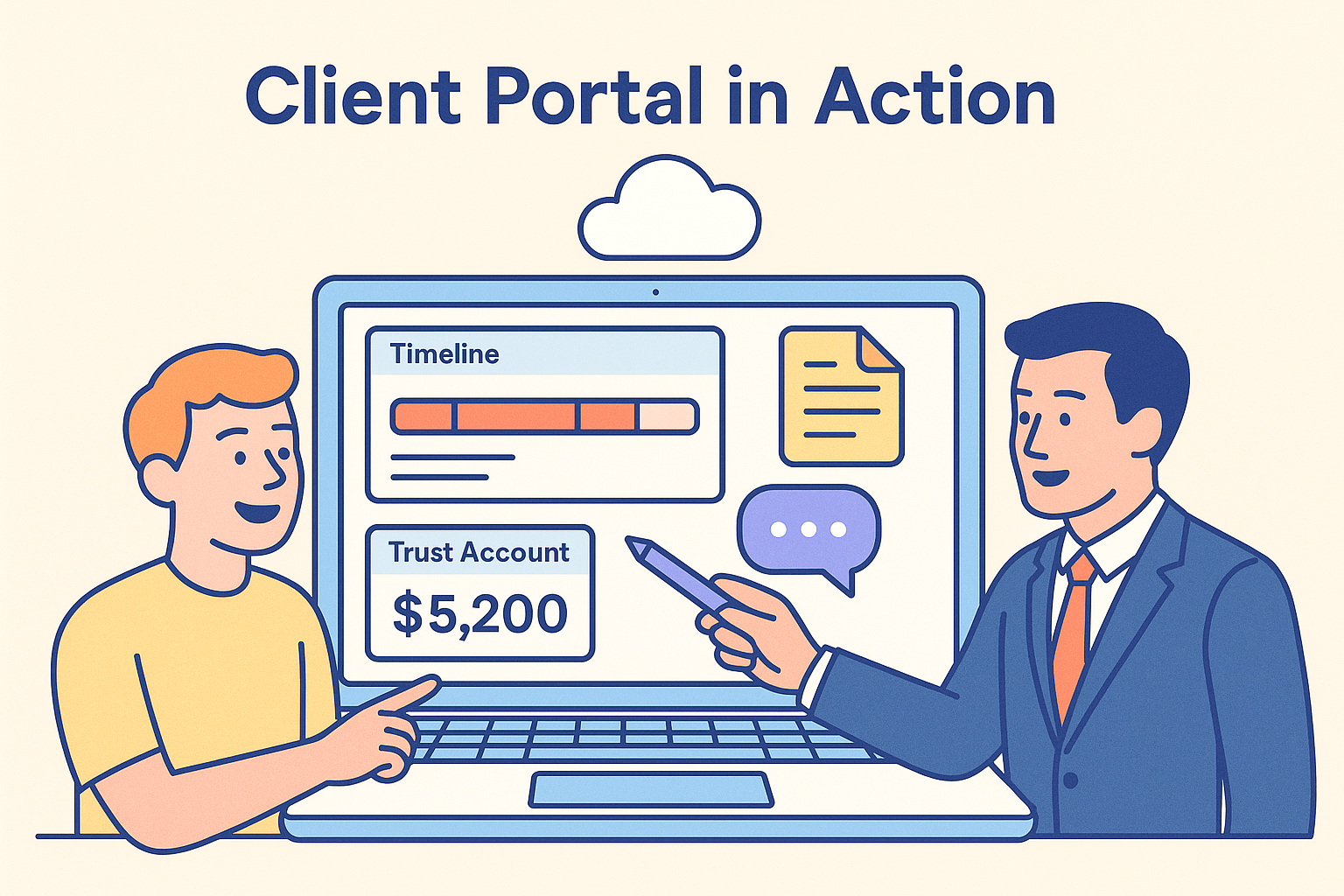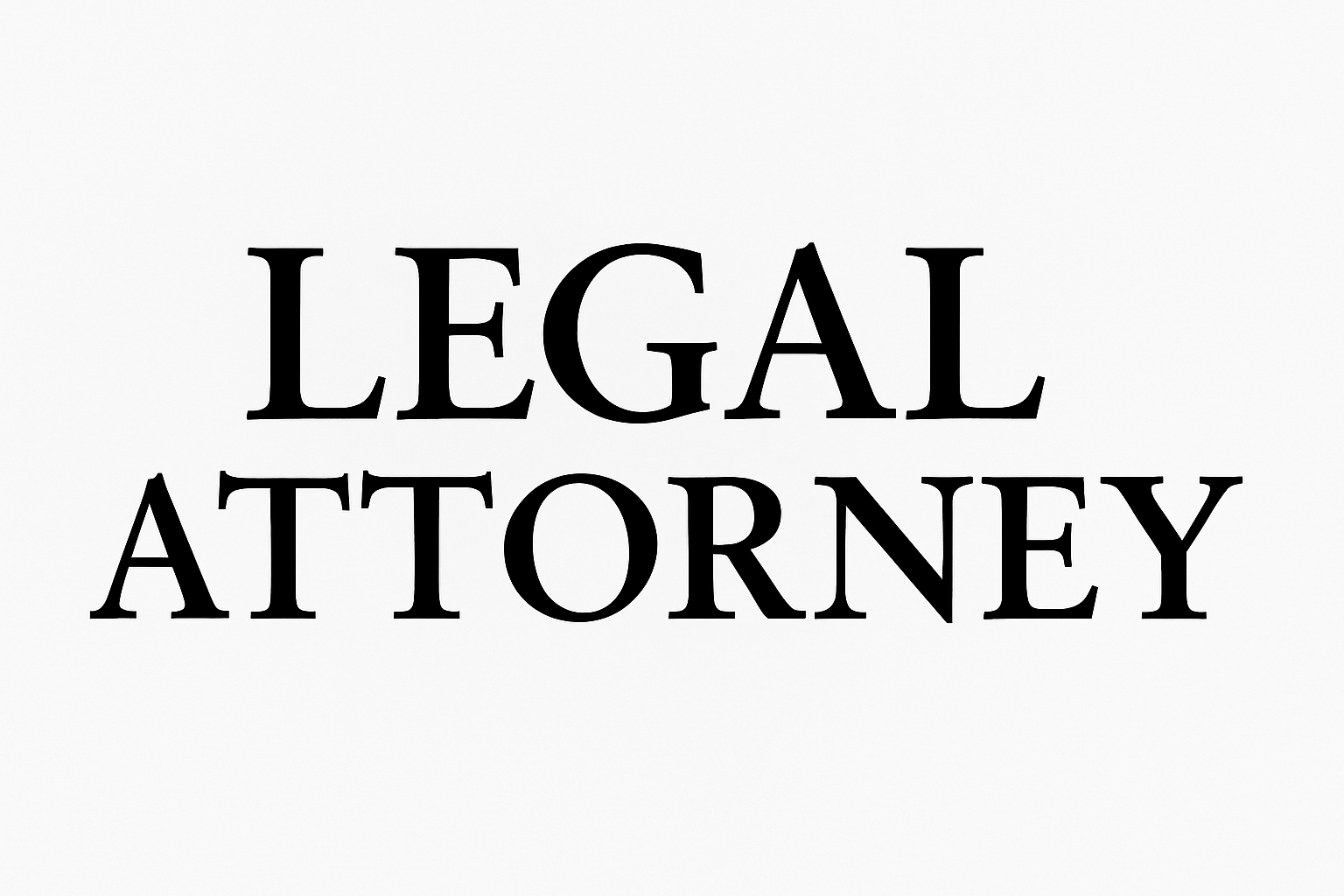Silent Lawyers, Loud Consequences

Silent Lawyers, Loud Consequences
Why the Ethical Duty to Communicate Is the Next Frontier in Client Trust
“The single biggest problem in communication is the illusion that it has taken place.”
—George Bernard Shaw
On a rainy April morning in Tacoma, an anxious client kept refreshing her inbox. Her lawyer had promised something—a filing update, a call, any sign of life—by Friday. Friday drifted into Monday, then Thursday, then… nothing. When the update finally came, it wasn’t from her lawyer; it was a notice from the Washington State Bar, inviting her to discuss a failure‑to‑communicate complaint. Stories like this now surface in bar dockets coast‑to‑coast—and they all trace back to one deceptively simple rule: ABA Model Rule 1.4.American Bar Association
1. The Rule That Won’t Keep Quiet
Model Rule 1.4—Snapshot
| Sub‑section | Plain‑English Duty | Real‑World Example |
|---|---|---|
| (a)(1) | Promptly inform clients of key decisions & circumstances | Email client same day a motion is filed |
| (a)(2) | Consult about objectives & strategy | Zoom call before accepting a settlement |
| (a)(3) | Keep clients reasonably informed | Monthly progress bulletins—even when “nothing’s happening” |
| (a)(4) | Comply promptly with info requests | Return calls within stated 24–48 hr window |
| (b) | Explain matters so clients can decide | Use plain language, diagrams, translations |
Block‑quote:
“A lawyer shall explain a matter to the extent reasonably necessary to permit the client to make informed decisions regarding the representation.” —Model Rule 1.4(b)American Bar Association
In WIRED terms, Rule 1.4 is the legal industry’s always‑on API—a mandatory data stream from lawyer to client. Break the connection and the system crashes.
2. Broken Lines—Discipline & Malpractice by the Numbers
| Metric | Latest Snapshot | Source |
|---|---|---|
| “Failure to communicate” among top three grounds for discipline filings (WA, CA, TX) | 2024 | WA Bar News note that it is “one of the most frequent sources of both professional discipline and malpractice risk”Washington State Bar News |
| 79 % of clients expect a response within 24 hours | 2019–24 Clio Legal Trends dataClio | |
| Communication errors cited as a leading cause of malpractice suits | Embroker industry brief 2025Embroker | |
| ABA Profile of Legal Malpractice Claims 2020‑23 flags communication breakdowns as a persistent top‑tier risk | 2024 study summaryAmerican Bar Association | |
| CA Bar logged 18,156 new complaints FY 2024; discipline imposed in 229 cases, with communication failures recurrent in charging narratives | State Bar of California 2024 ADRCalifornia State Bar |
Take‑away: clients don’t sue (or complain) because they lost—they sue because they felt abandoned.
3. Inbox Landmines—The “Reply‑All” Trap
Visual Case Brief
| Opinion | Key Holding | Practice Tip |
|---|---|---|
| ABA Formal Opinion 503 (2022)LawSitesAmerican Bar Association | Copying a client on an email implies consent for opposing counsel to hit Reply All. | Forward the message separately to your client or add an explicit header: “No Reply‑All Consent.” |
Why it matters: One errant Reply All can blow privilege, expose strategy, and trigger an ethics investigation faster than you can say “cc.”
4. Ghosts in the Machine—Remote Work, AI & New Ethics
Pandemic‑era virtual practice opinions (e.g., Colorado Op. 149 (2023)) remind lawyers that Rule 1.4 applies regardless of medium—Zoom, text, portal, or hologram.cobar.org
Now add AI. 2024 Reuters analysis argues that competent, ethical practice requires explaining to clients how you use generative tools and the attendant risks.Reuters Failure to do so is a communication breach with a sci‑fi twist.
5. Five Commandments for Ethical Communication
-
Respond within 24 hours (or pre‑set an auto‑acknowledgment).
-
Update on “no news.” Silence is never neutral.
-
Translate the legalese. Aim for eighth‑grade readability.
-
Document everything. If it’s not in the file, it didn’t happen.
-
Secure the channel. Encrypt, portalize, verify recipients—every time.
 6. Future Tense—What’s Next?
6. Future Tense—What’s Next?
-
AI Assistants will draft first‑pass updates—but human review stays mandatory under Rule 1.4(b).
-
Client dashboards will turn passive updates into real‑time feeds, making “failure to communicate” an in‑app metric.
-
Regulators are watching: expect more opinions like ABA 503 as tech spawns fresh pitfalls.
Conclusion
Communication isn’t soft skills; it’s hard law. In the age of instant gratification, Rule 1.4 is both shield and sword—protecting clients from uncertainty and lawyers from ruin. The firms that master it won’t just avoid complaints; they’ll build the unbreakable client loyalty that every rainmaker chases.
Endnotes
-
American Bar Association, Model Rule of Professional Conduct 1.4 (duty to communicate).American Bar Association
-
R. Kushner, “RPC 1.4: The Communication Rule,” Washington Bar News (Feb. 2024).Washington State Bar News
-
ABA Standing Comm. on Ethics, Formal Opinion 503 (Nov. 2022) (implied consent via “Reply All”).LawSitesAmerican Bar Association
-
State Bar of California, Annual Discipline Report FY 2024 (Nov. 27 2024).California State Bar
-
Embroker, “Legal Malpractice: Everything You Need to Know” (Apr. 2025).Embroker
-
ABA, Profile of Legal Malpractice Claims 2020‑2023 (Sept. 2024) (summary).American Bar Association
-
Clio, “Law Firm Client Intake Process” blog (May 2025) citing 2019 Legal Trends Report (79 % response expectation).Clio
-
Colorado Bar Association, Formal Ethics Opinion 149 “Virtual Law Practice” (2023).cobar.org
-
Reuters Legal, “Ethical Considerations for AI in Legal Practice” (Aug. 13 2024).Reuters
-
ABA Model Rule 1.4 Comment [3] (duty to keep client reasonably informed).American Bar Association
© 2025 Legal‑Attorney.com – Category: Communication

